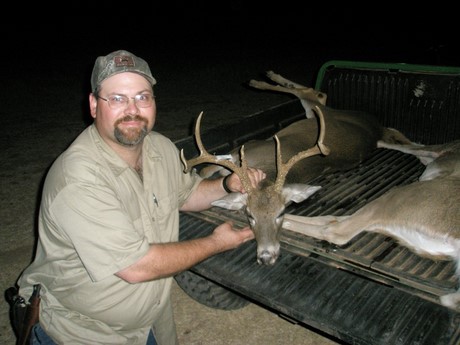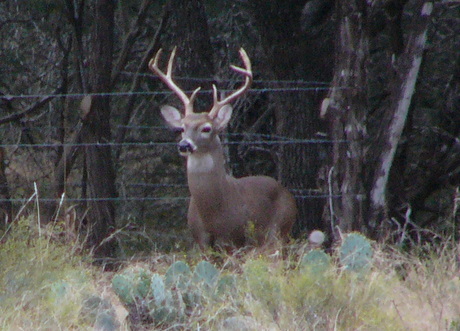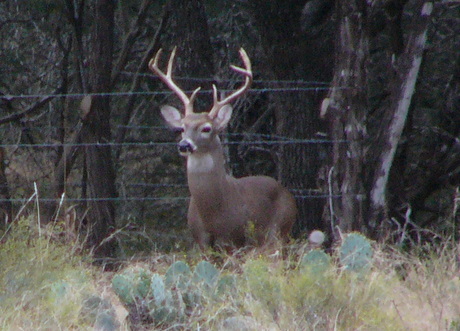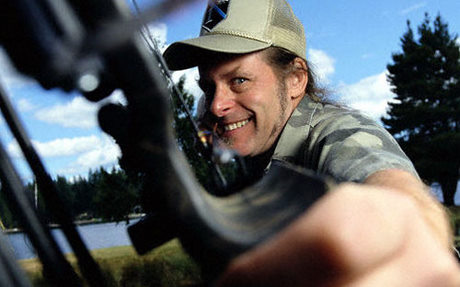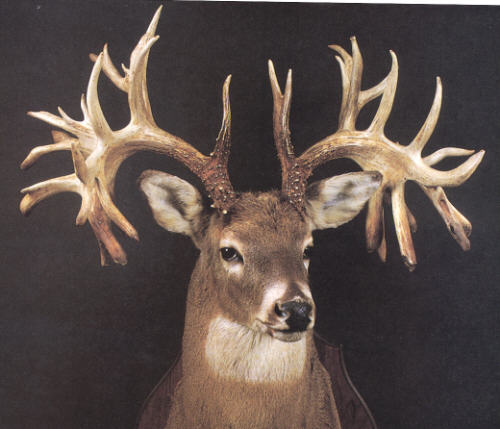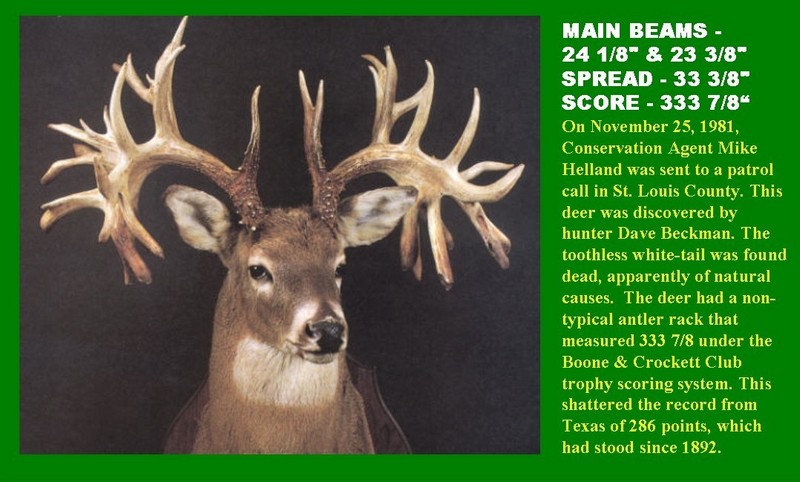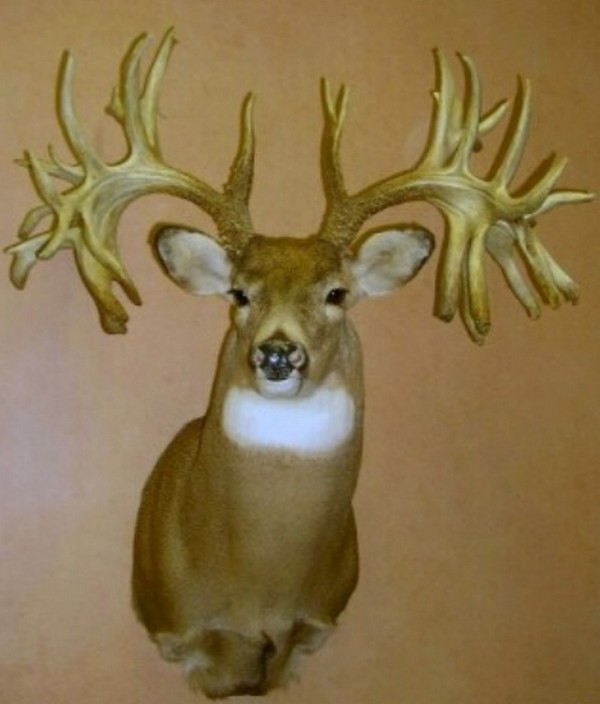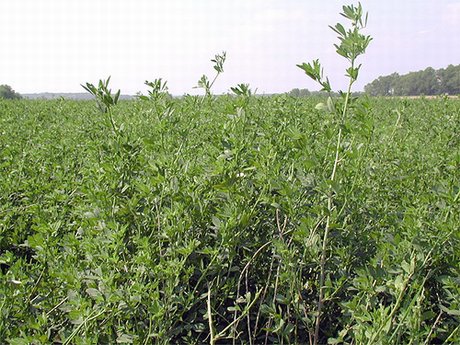When it comes to free-range, open country white-tailed deer hunting, that’s exactly what it is, “deer hunting.” If hunting were a sure thing we’d call it “deer shooting.” In addition to hunting for a deer to harvest, weather and equipment can also impact a hunter’s success on any given day. This was more than true for one Coleman County (Texas) hunter.
Last year, after finding a hunting lease bordered by the beautiful Colorado River, Jon passed on many young bucks, but managed to harvest a cull spike buck and a couple of does to maintain the buck to doe ratio and secure table fare. But this was year two.
It had been a great spring and summer in Coleman County. The lease, like the rest of the area, received ample rain and put deer body conditions and antler quality in great shape. However, after opening weekend Jon returned home without “horns.” Sure, he’d seen some young bucks, but nothing he wanted to prescribe a lead pill.
He couldn’t get back to the lease the second weekend of Texas’ General Season to deer hunt, but the third weekend would prove to be the charm… but it still wasn’t easy. Saturday morning, Jon spotted a spike at 100-yards and, after some contemplation, decided to go ahead and take the genetically inferior 1 1/2-year old buck. He settled in for the shot, but the bullet didn’t connect with its target.
Jon’s confidence was blown, he had missed a textbook, 100-yard shot. He wasn’t sure what the problem was, but he had a hunch it could have been a number of things. Had he pulled the trigger or did he squeeze it? Did he hit a limb or did something else obstruct the bullet’s path? Was the scope off? Did the deer move?
After a process of elimination, Jon suspected the scope must have been comprimised. At 4:30 that afternoon, Jon spotted two raccoons he ranged at a healthy 138-yards away. Here he had the option to implement a little varmint control and see if his gun was “on.” Jon deliberatly placed the crosshairs on the furry omnivore and let some hot lead fly. The bullet just sailed over the back of the ‘coon, so he dialed the scope down about and inch and a half and felt confident in the decision.
Afterwords, Jon settled in for the evening hunt. Not much was happening, but then he detected a hint of movement through the scattered mesquite brush. In his own words, Jon makes his account of the event:
It was a quick shot, he came out of no where. I picked up my binoculars and only saw he was outside the ears, picked up the rifle and made the shot all in about 5 or 6 seconds before he disappeared into the brush. I didn’t have time to range him or anything, another 2 seconds and he would have been gone. I didn’t know if I hit him or not because he disappeared as I made the shot and worked the bolt.
Jon was not sure the bullet flew true, although he felt confident that he had done his part. But was the deer down? Not being sure, he decided to wait a few minutes before making the 250-yard plus trek over to the area where he last saw the buck. However, within 5 minutes of squeezing off on the long-range buck, a spike buck walked into view and Jon knew he had a second buck tag to fill. He put the crosshairs on the kill zone and dropped the spike like a sack of rocks.
Jon jumped from his position and approached the spike. After tagging him, he ran down the field to find that his “long-range buck” had fallen in a low spot just out of view of where he had shot him. He placed his buck tag on the bruiser with the satisfaction of a well-placed shot on a nice 7-point buck with over an 18″ outside spread. In a matter of a few minutes, Jon had filled both of his buck tags on two Coleman County bucks!
More from Jon and some specifics:
This is not the biggest deer in the world, but it’s pretty good and I waited two seasons before a fellow like this one walked out in front of me. The buck had an 18 1/4″ spread 7 points.
I took him at 255 yards (Leupold rangefinder) walking through some mesquites. Hit him in the neck, DRT with Remington 7mm magnum LH700 BDL with 3.5×10 VXIII Leupold, 150gr green box Remington Core Lokt’s.
